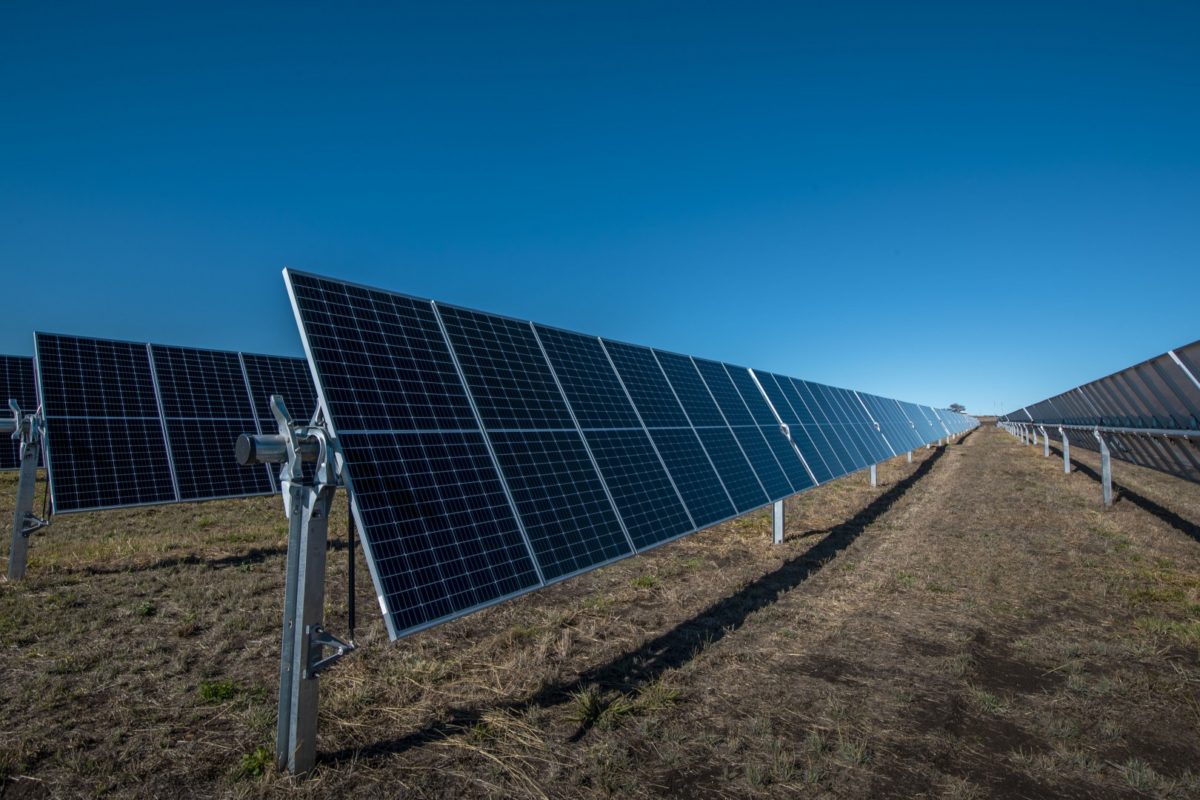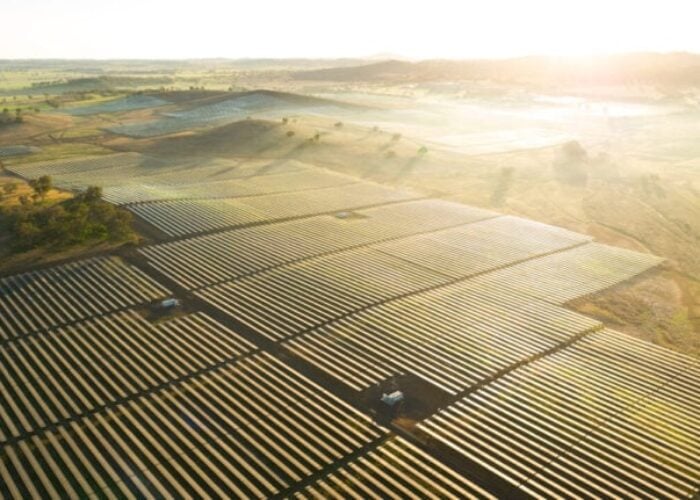
The Queensland government has been flooded with expressions of interest for its planned renewable energy zones (REZs), with enough projects put forward to create 60GW of clean energy in the Australian state.
Renewables investors have shown an “overwhelming interest” in the three planned REZs, with proposals for 192 projects across a range of clean energy generation technologies, including solar PV, wind and biomass, while several installations also offer utility-scale batteries.
Unlock unlimited access for 12 whole months of distinctive global analysis
Photovoltaics International is now included.
- Regular insight and analysis of the industry’s biggest developments
- In-depth interviews with the industry’s leading figures
- Unlimited digital access to the PV Tech Power journal catalogue
- Unlimited digital access to the Photovoltaics International journal catalogue
- Access to more than 1,000 technical papers
- Discounts on Solar Media’s portfolio of events, in-person and virtual
Queensland’s government is investing AU$145 million (US$109 million) to establish the zones – set to be located in the south, centre and north of the state – and to fund transmission infrastructure, making it easier for renewable projects to connect to Australia’s National Electricity Market.
According to Mick de Brenni, Queensland’s new energy minister, the most popular REZ has been the southern zone covering the Darling Downs, with 72 “strong expressions of interest”, with the region showing promise in areas such as sustainable agriculture and ecotourism.
The northern zone received 67 project proposals, which will create “significant opportunities to enable growth in the state’s renewable hydrogen development”, de Brenni said.
“The next steps in cementing these zones will be progressed during 2021, with a priority on investments that focus on Queensland’s economic recovery from COVID-19,” he added. “Queensland is already generating 20% of our electricity from renewable resources, and our investment in the renewable energy zones means we can add this clean energy to our electricity grid.”
Queensland’s coronavirus recovery package includes an AU$500 million investment that will enable three state-owned energy generators to explore commercial partnerships, look at power purchase agreements or build, own and operate green energy facilities. These proposals, as well as a four-year investment plan to develop publicly owned solar and wind projects, were formalised in the state’s recent 2020-2021 Budget.
The development of REZs in other parts of Australia is also gaining pace, with New South Wales securing a nine-fold oversubscription for its first zone before announcing a second, 8GW zone that is expected to attract AU$12.7 billion in investment and create 2,000 construction jobs. According to the state government, the REZs will play a “vital role” in providing affordable energy to help replace the state’s existing power stations as they retire over the coming decades.
Meanwhile, the Northern Territory government is exploring the development of long-distance transmission links that could support the creation of renewable energy zones. A feasibility study into the “electricity superhighway” is looking at the potential for a link from the territory to the National Electricity Grid to facilitate the connection of large-scale renewables generation.







